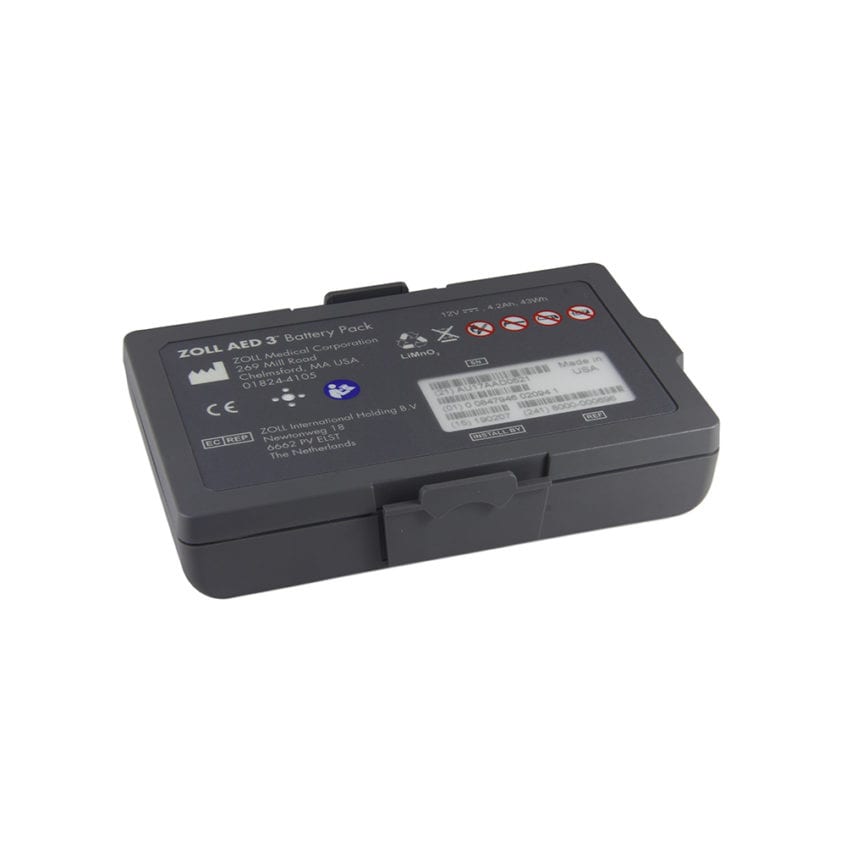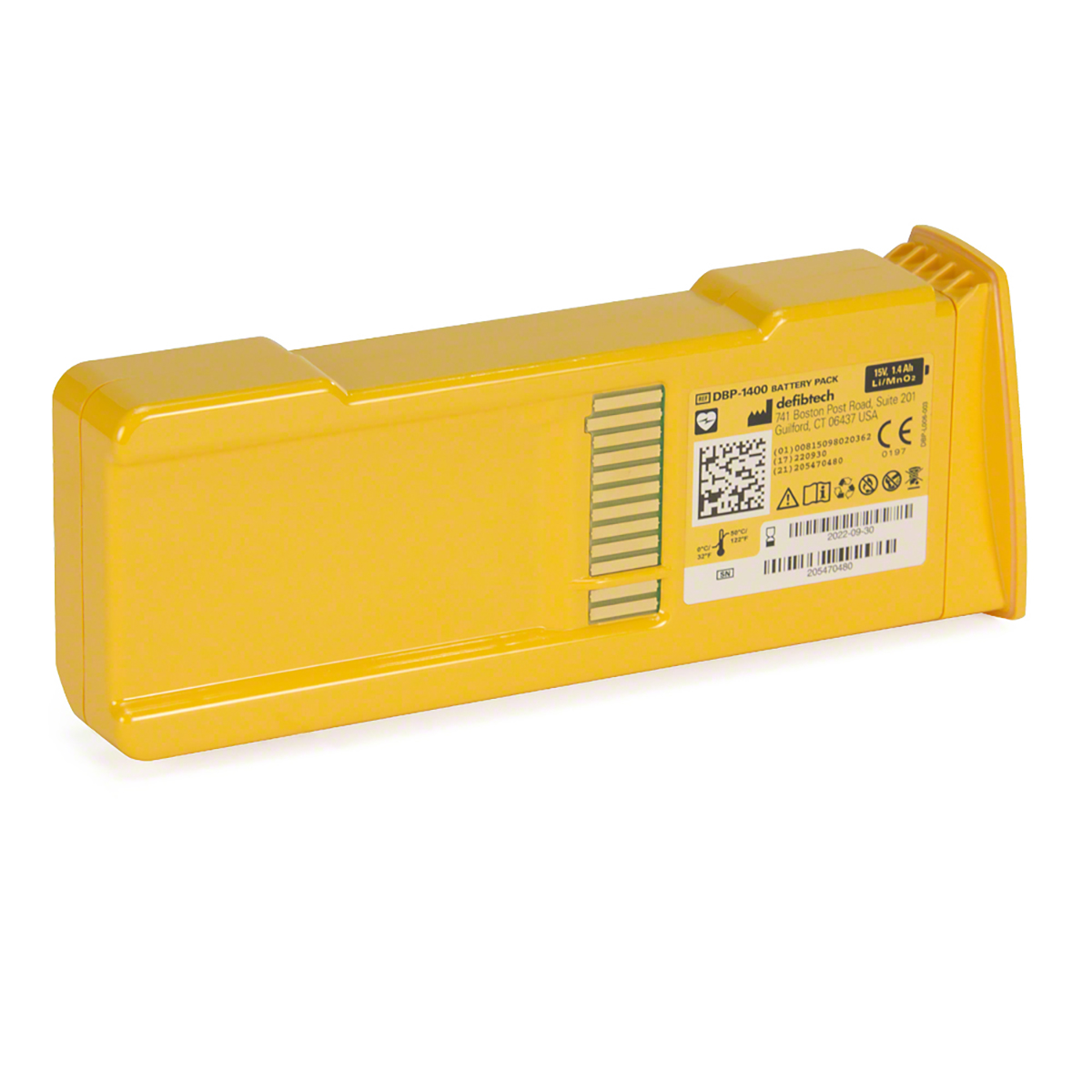AED Battery Specs: Choosing the Right Power Source for Your Needs

Understanding AED Battery Types
Key Specifications to Consider
- Capacity: Measured in milliampere-hours (mAh), this indicates how much charge a battery holds. Higher capacity translates to longer battery life, allowing the AED to perform more shocks or remain on standby for extended periods.
- Voltage: Ensure that the voltage of the battery matches the requirements of your AED. Using a battery with incorrect voltage can impair the functionality of the device or even damage it.
- Battery Life: Check the expected battery life, which is often listed in years. This is calculated based on daily self-tests and average environmental conditions. Keep in mind that frequent use will decrease the battery's lifespan.
- Manufacturer Recommendations: Always follow the AED manufacturer's recommendations for battery replacements. Manufacturers often provide specific guidelines that include which battery models are compatible with your device.


When to Replace Your AED Battery
It’s essential to monitor the expiration date of your AED battery actively. Most AEDs will have an indicator or alert system to warn you when the battery is low. However, it's advisable to replace the battery before it reaches its expiration date to avoid any risks during emergency situations. Setting a regular schedule for battery checks and maintaining logs can help manage this aspect efficiently.
Choosing the right AED battery is not just a matter of prolonging the device's life but ensuring its reliability when a life is at stake. At AED One-Stop Shop, we offer a wide range of AED batteries compatible with various models, such as Stryker, Philips, and Zoll, along with expert advice to help you make the right choice. By selecting the appropriate battery, you ensure that your AED functions optimally, ready to save lives whenever required. For more information on our products and guidance on selecting the right AED battery, visit our website or contact our customer support team.



